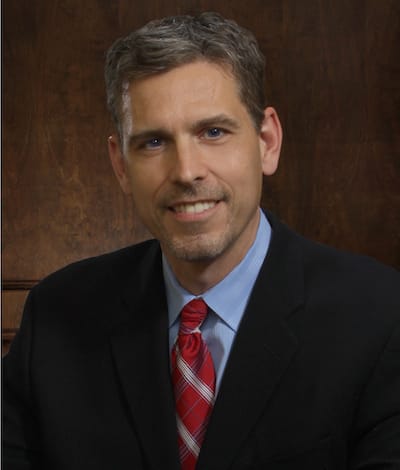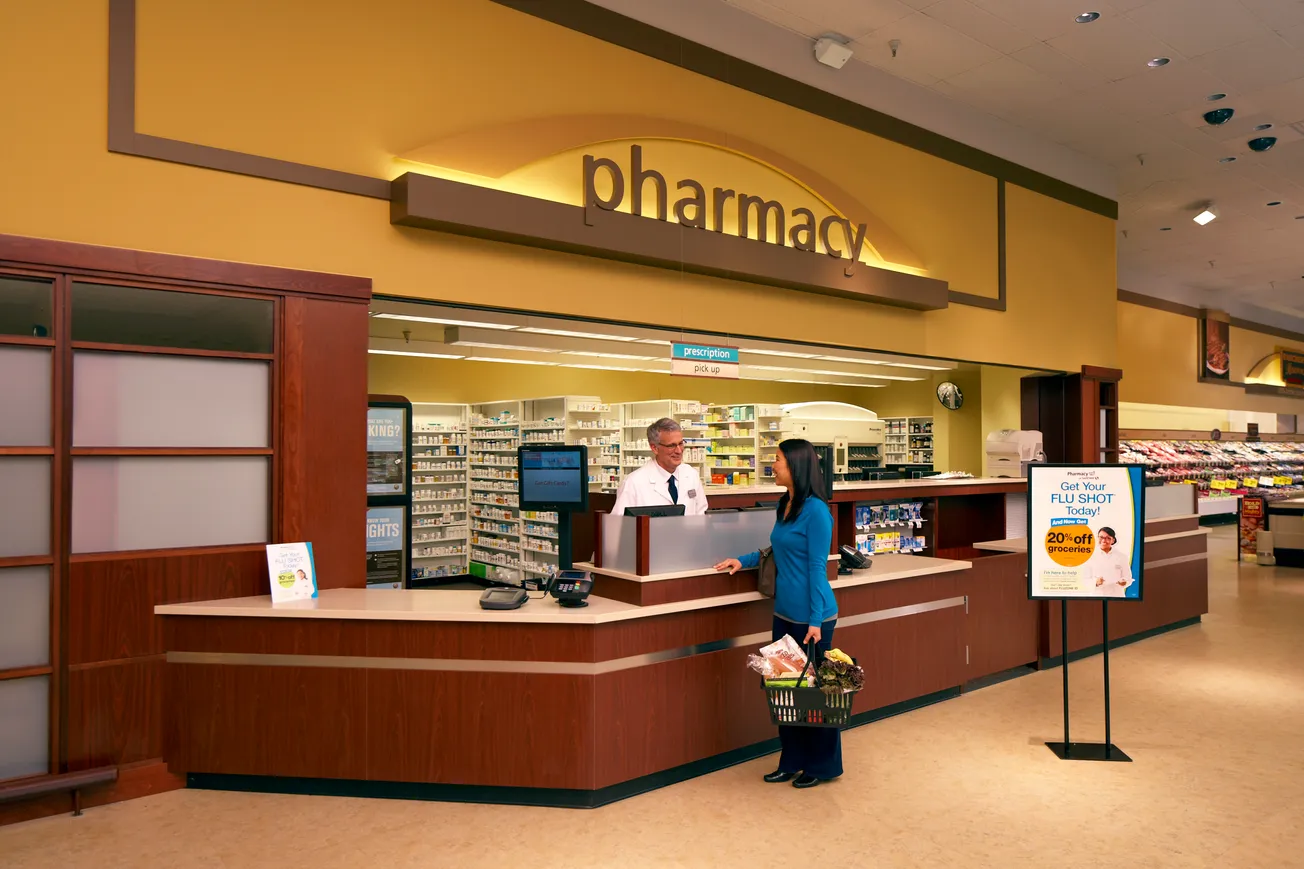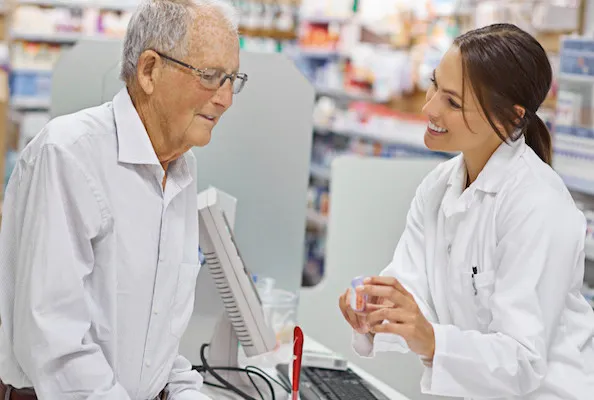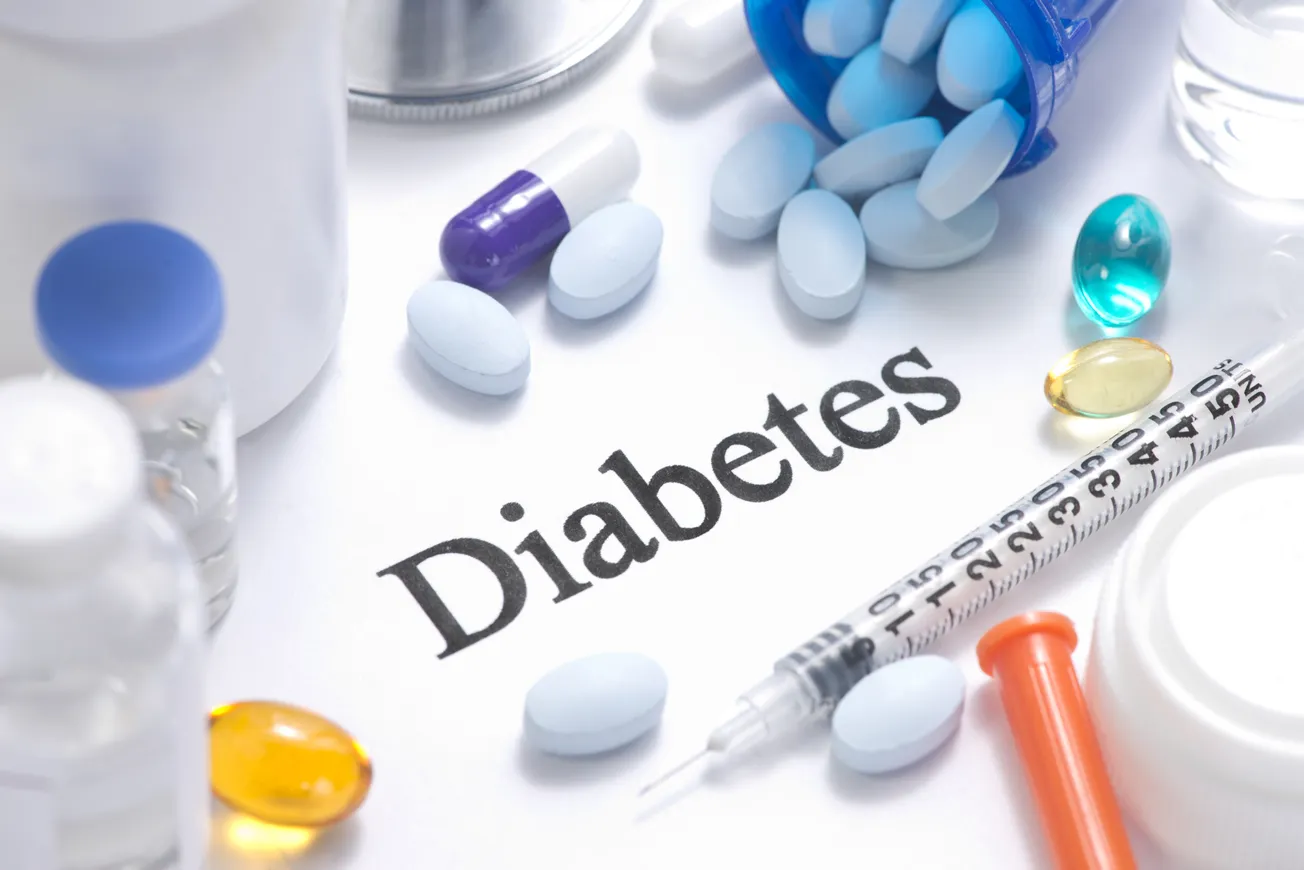This space in the last issue of Chain Drug Review was devoted to the alarming results of a survey conducted by the National Community Pharmacists Association that show 58% of independent drug store owners think it is either somewhat or very likely that continued downward pressure on pharmacy reimbursements, particularly DIR fees, will force them out of business within the next two years. That stark prognosis served as the backdrop for NCPA’s annual convention in San Diego last month, but it should not be allowed to define the entire trade class, one in which — as Doug Hoey, the association’s chief executive officer made clear in his remarks at the conference and during a subsequent interview — many independent druggists are hard at work forging a vision of the future that differs markedly from the one that emerges in the survey.

Doug Hoey
Hoey is fully aware of the daunting challenges at hand — 5% of all prescription counters in the United States have been shuttered during the last three years, he noted, depriving 10 million consumers of their pharmacy of choice — yet he expresses optimism that if independent pharmacies build on their traditional strengths and adapt to a changing health care landscape, they will flourish.
“For all the technological changes in our industry, and all the sophisticated business techniques, there’s nothing more valuable than the relationships we have with our patients,” Hoey said. “There’s not a computer program or a robot or a flying drone that can deliver kindness or empathy or neighborly warmth.
“Dispensing prescriptions is only part of patient care. The assembly line pharmacies can do that on a massive anonymous scale that’s hard for us to match. But they don’t care for their patients. Not the way we do. Their patients have barcodes. Ours have names.”
In order to preserve that essential conduit of patient care, Hoey, echoing the theme of the NCPA convention, stressed the need to alter the reimbursement paradigm: “Changing the pharmacy payment model means getting paid for the care we’re providing right now to people who trust us, who need us, and whose health outcomes are better because of what we know and what we do.”
That commitment is in keeping with the movement in the profession as a whole to bring about a shift in the way retail pharmacies are compensated. With profit margins for prescription medications continuing to decline, Hoey and other pharmacy advocates want to see reimbursement formulas based more on services rendered and patient outcomes than products dispensed.
NCPA is helping its members move down that path in a variety of ways, the most notable of which is arguably the Community Pharmacy Enhanced Services Network (CPESN). Founded by the association and Community Care of North Carolina, CPESN is actually a series of 47 clinically integrated pharmacy networks, consisting mostly of independents and small drug chains, across the country. The networks are designed to connect members with physicians and other providers in a given geography to facilitate better coordination of patient care and enhance outcomes.
“We’re creating a network wide enough to partner with payers who are envious of the relationships we have with our patients. They love what we do. They need what we have,” Hoey said. “We can help them reach more patients, produce better outcomes and reduce costs. And they’ll pay us for the care that we — and only we — can provide.”
While CPESN is raising the profile of independent pharmacy among insurance companies and other third-party payers, NCPA plans to do the same thing with consumers. Hoey announced that early next year the association will launch a media campaign in which patients talk about the personalized care they receive and its positive impact on their health and well-being.
“For years, pharmacy owners have said we need a national campaign telling consumers the virtues of 20,000-plus independently owned pharmacies. Where they choose to get their prescription medication care does make a difference.”
Hoey, whose father was an independent druggist and who was trained as a pharmacist himself, is bullish despite the formidable obstacles faced by community pharmacy. “It is a hard time in the industry for everybody,” he said, “but I do think that for those who continue to run the race and innovate, those efforts will pay off in the end.”









